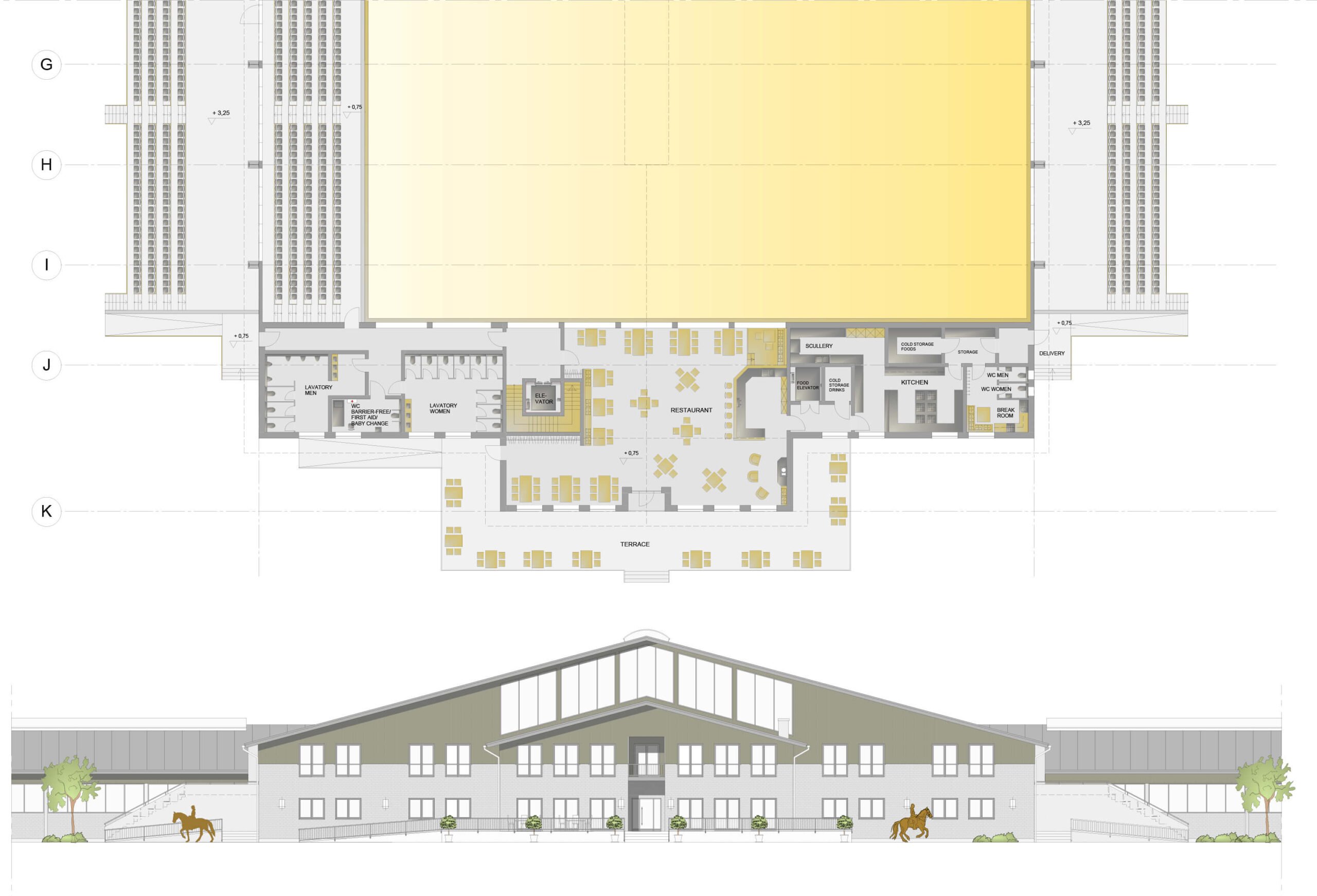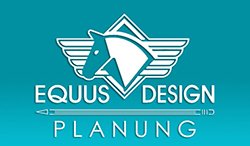Racing, Polo,
performance center
Equestrian sport
Racing, Polo,
performance center
Equestrian sport
Horses in a speed frenzy.
Racing hooves, ambitious riders, speed, sweat and adrenaline …
Welcome to the fastest aspect of equestrian culture. The elite of equestrian sport has special demands on training facilities and the training of riders and horses.
Racing hooves, ambitious riders, speed, sweat and adrenaline … Welcome to the fastest aspect of equestrian culture. The elite of equestrian sport has special demands on training facilities and the training of riders and horses.

Racing facilities
Racing is not equestrian sport.
Horse racing has a centuries-old tradition in many countries and has always been a social highlight for racing fans. However, the conditions in which horses are kept at existing traditional facilities often no longer meet the requirements of species-appropriate horsekeeping.
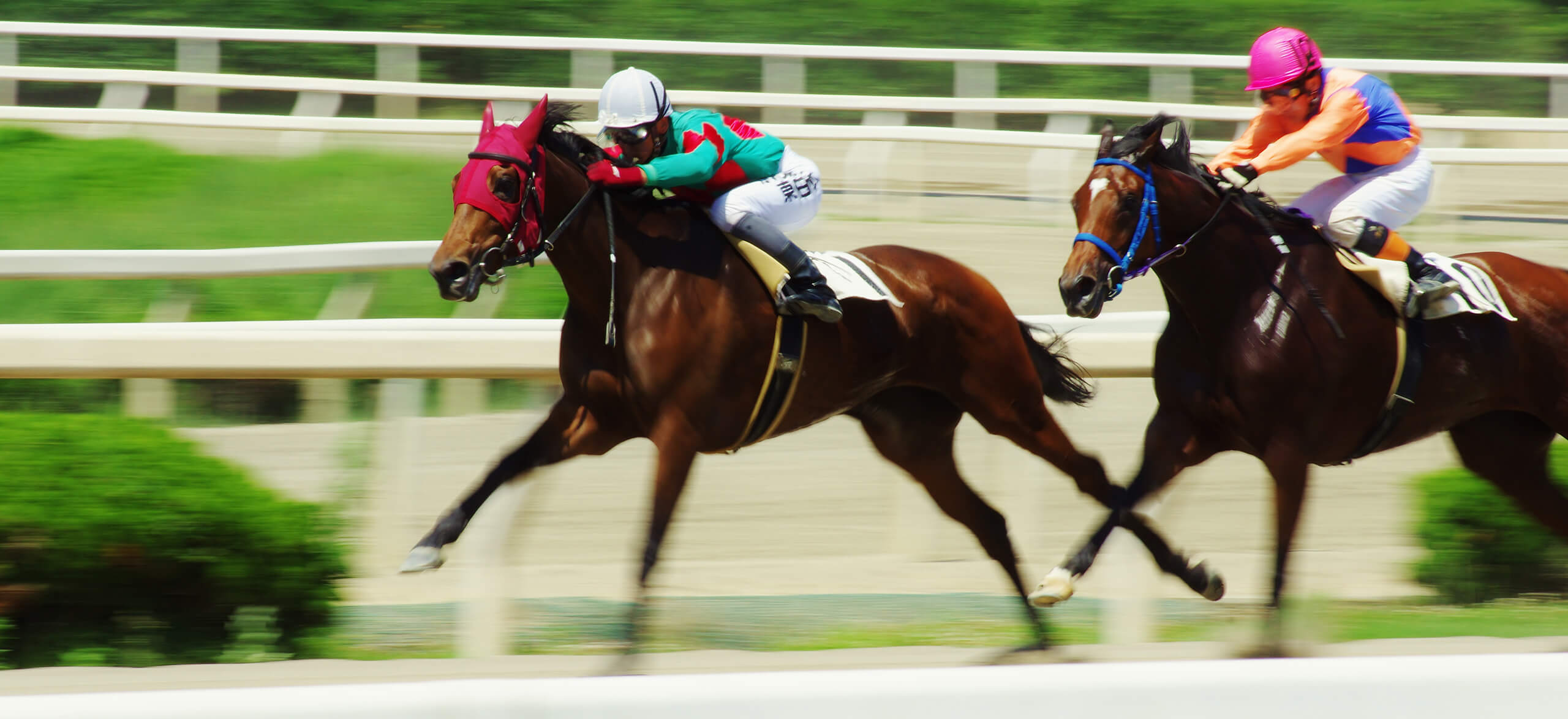
A racecourse consists of more than just the track, the lead ring, the totalizator and the grandstand. Changing rooms, a lounge and press area for the official weighing of the jockeys with their racing saddles as well as catering facilities near the racecourse are also important components. Once the horse bet has been placed, you can watch the start from the starting machine and cheer along with “your” horse for the next two minutes.
In addition to everything else, the EQUUS DESIGN PLANUNG team naturally also attaches particular importance to horse welfare in terms of husbandry.

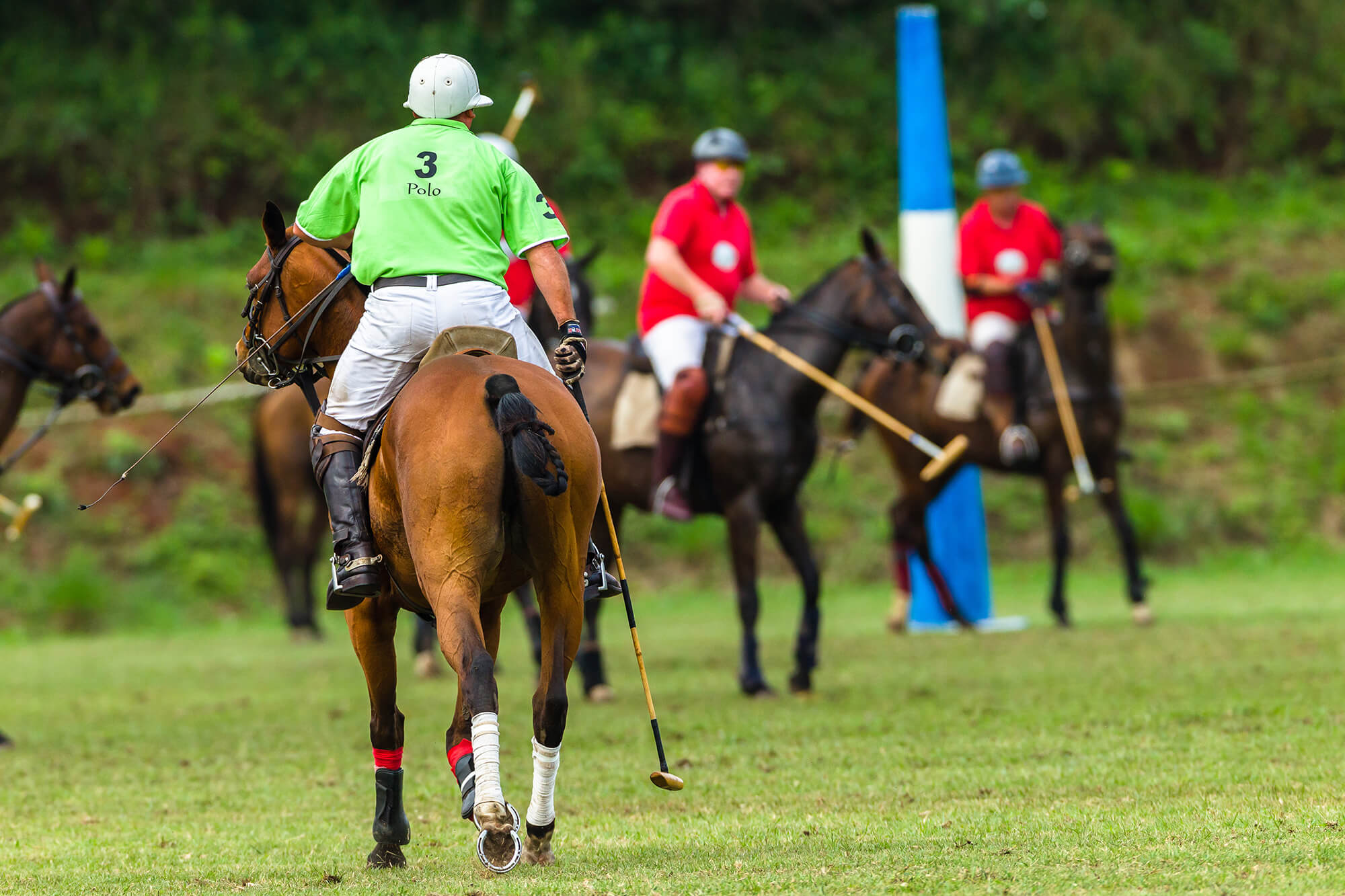
Polo facilities
A discipline for the elite.
Polo was already being played at the time of Alexander the Great (370 to 330 BC). The name is probably derived from the Chinese word “pulu”, which translates as “ball”, as the original polo ball was made from a bamboo root.
In the 19th century, British officers brought this sport to England, America and, via an English farmer, to Argentina, where the ever-increasing demand for suitable horses could be met by breeding on the large cattle farms there. Here, the ideal polo horse was created by crossing agile Petizos and Criollos (descendants of Arabians and Berbers) with fast English thoroughbreds.
Polo was introduced to Germany in 1896, before it even became a discipline at the Olympic Games in 1900.
Today, polo is played all over the world and is becoming increasingly popular.
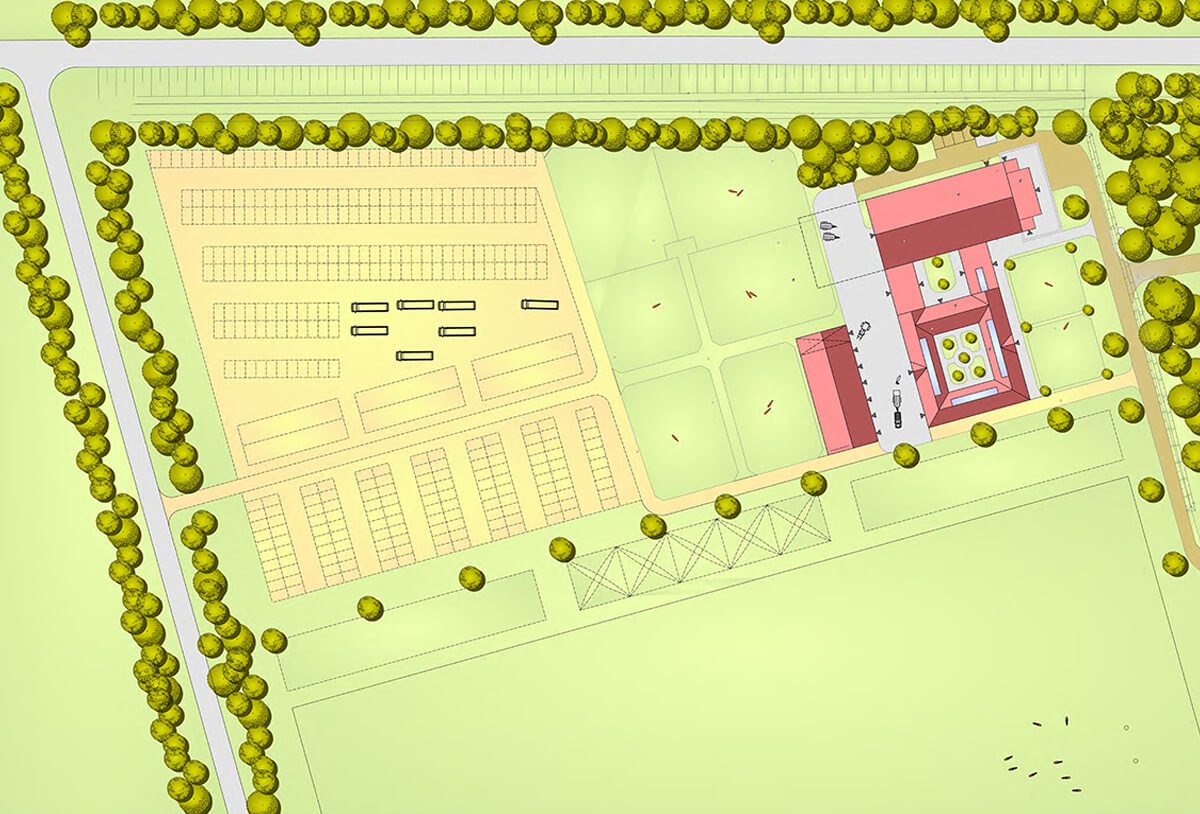
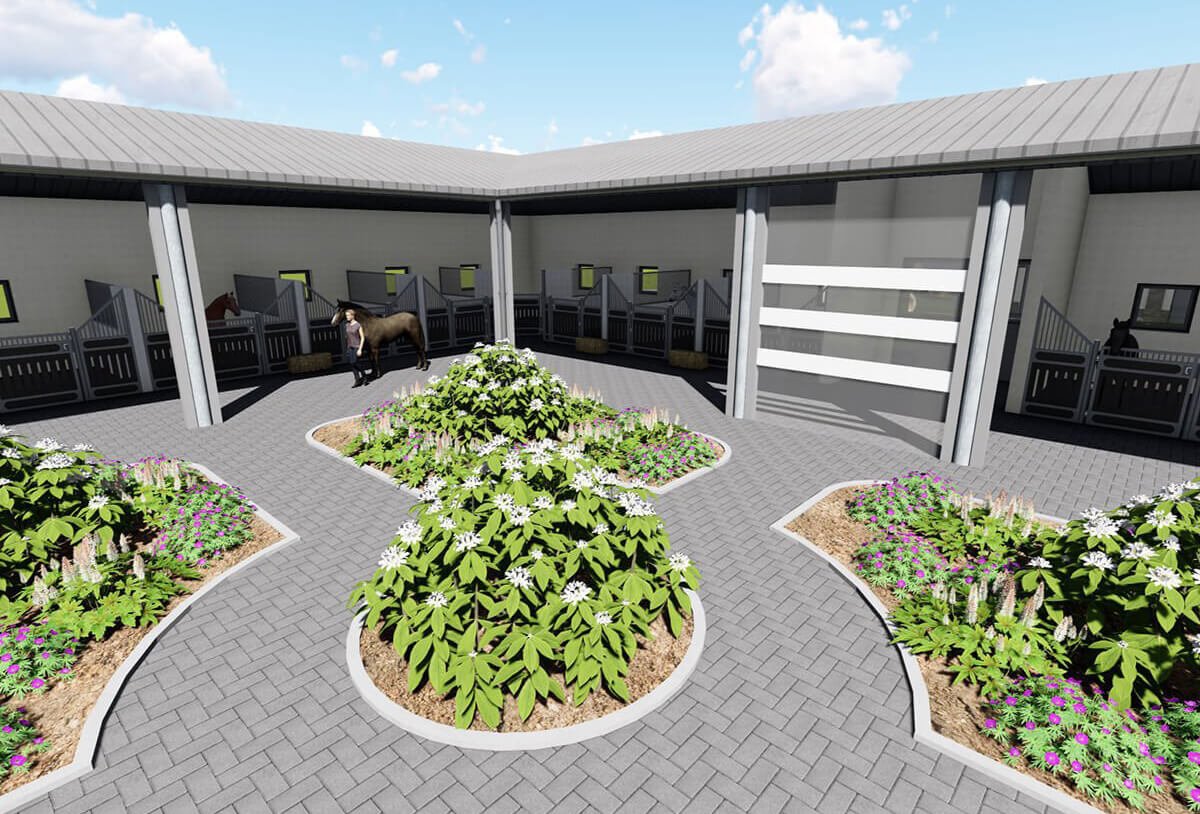
The planning for a riding facility with a focus on polo is essentially no different from any other horse facility. The usual infrastructure is also required here, consisting of tack rooms, cleaning, washing and grooming areas, blanket storage, feed provision, as well as hay and straw storage.
Above all, the polo field, with its length of at best 274 m (300 yards) and width of 182 m (200 yards), is significantly larger than the standard riding arena and must be given special consideration here. The surface must be level, the substructure of the grass surface should drain well and the grass seed should be highly durable in order to withstand the strain of the horses’ hooves in this fast-paced sport. In addition, the ground should be able to maintain its function in both wet and dry conditions. This can be supported by special treatment.


A professional polo player owns several polo horses, firstly because a horse may not be used in two consecutive chukkas, and secondly to be able to use their individual skills strategically in the game.
Sticks, balls and pads are added to the usual equestrian equipment of saddles, bridles, boots and helmets. These require additional space.
For beginners, there should be an area with a wooden pony to practise their hitting technique before moving onto the real animal.
Links: Polopicknick
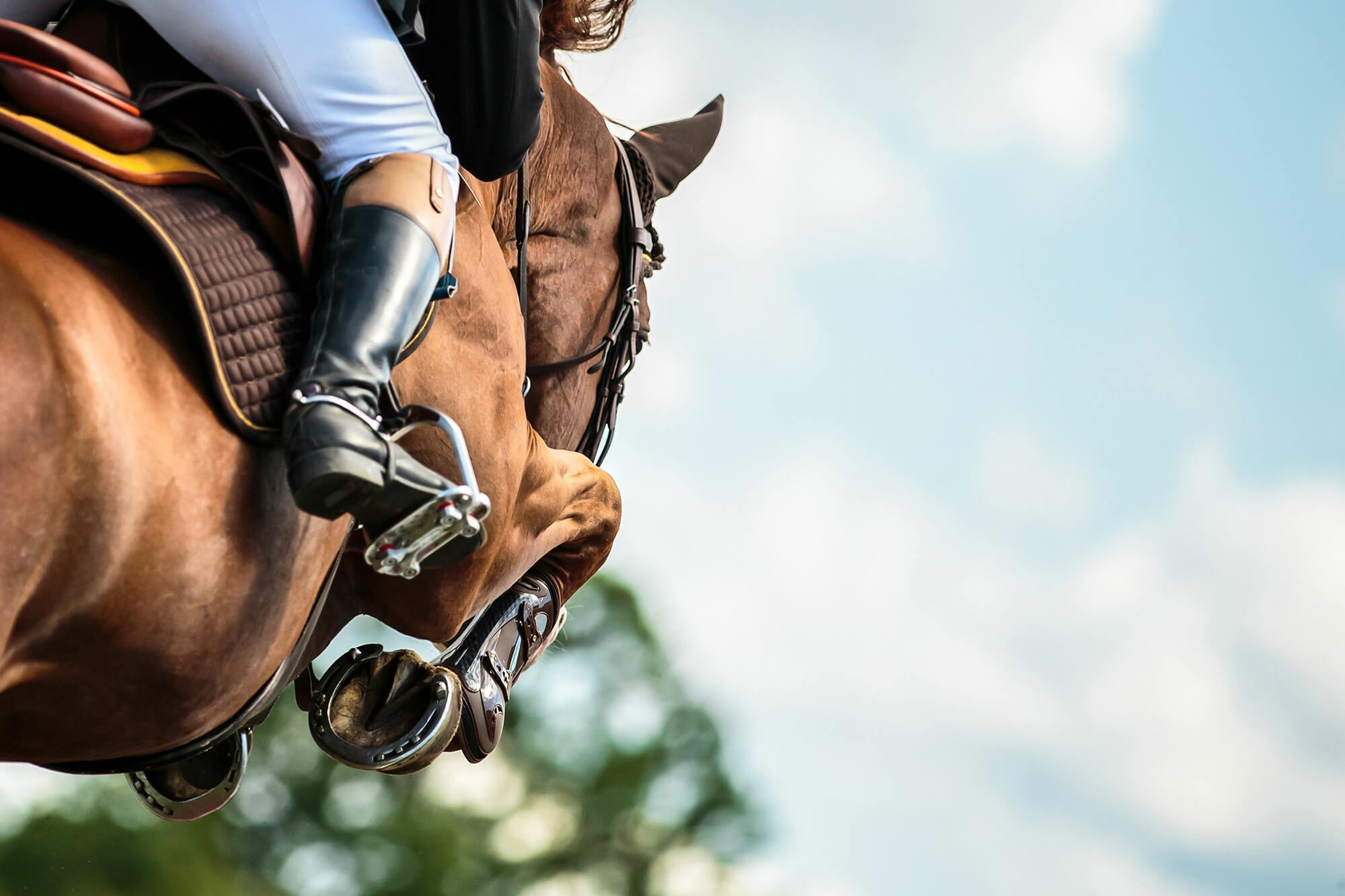
Performance center
Equestrian sport
Performance center Equestrian sport
Training centers for the professional riders of tomorrow.
In performance centers, talented young riders are promoted and potential equestrian squads are screened. In addition to accommodation for riders and horses, optimum training facilities for dressage, show jumping and eventing that can be used all year round are a prerequisite. Training for team competitions at national and international level also takes place at the performance center.
Riding facility
for temporary guests
Riding facility
for temporary guests
Many horses will only be stabled here temporarily and their owners usually arrive with a lot of equipment that needs to be accommodated. The space required in the tack rooms and blanket stores is therefore greater than in the boarding horse facility, for example. It should be taken into account in the planning that sufficient saddle lockers are available.
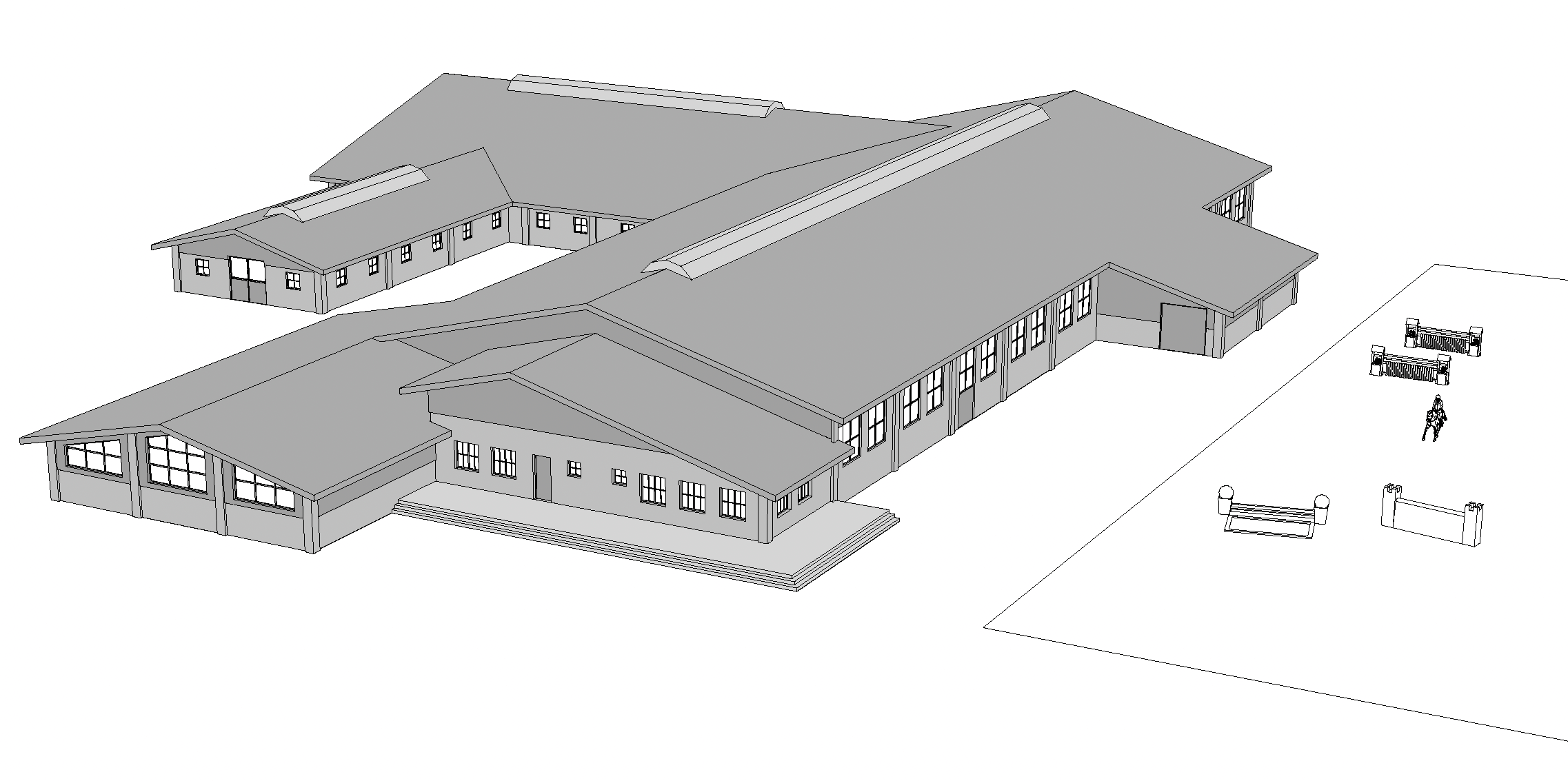
Space for further training
and balance training..
Space for further training and balance training.
The performance center also offers seminars for trainers and instructors. Seminar rooms for learning and teaching events, offices and recreation areas with the associated sanitary facilities as well as facilities for recreational sports round off our planning.
